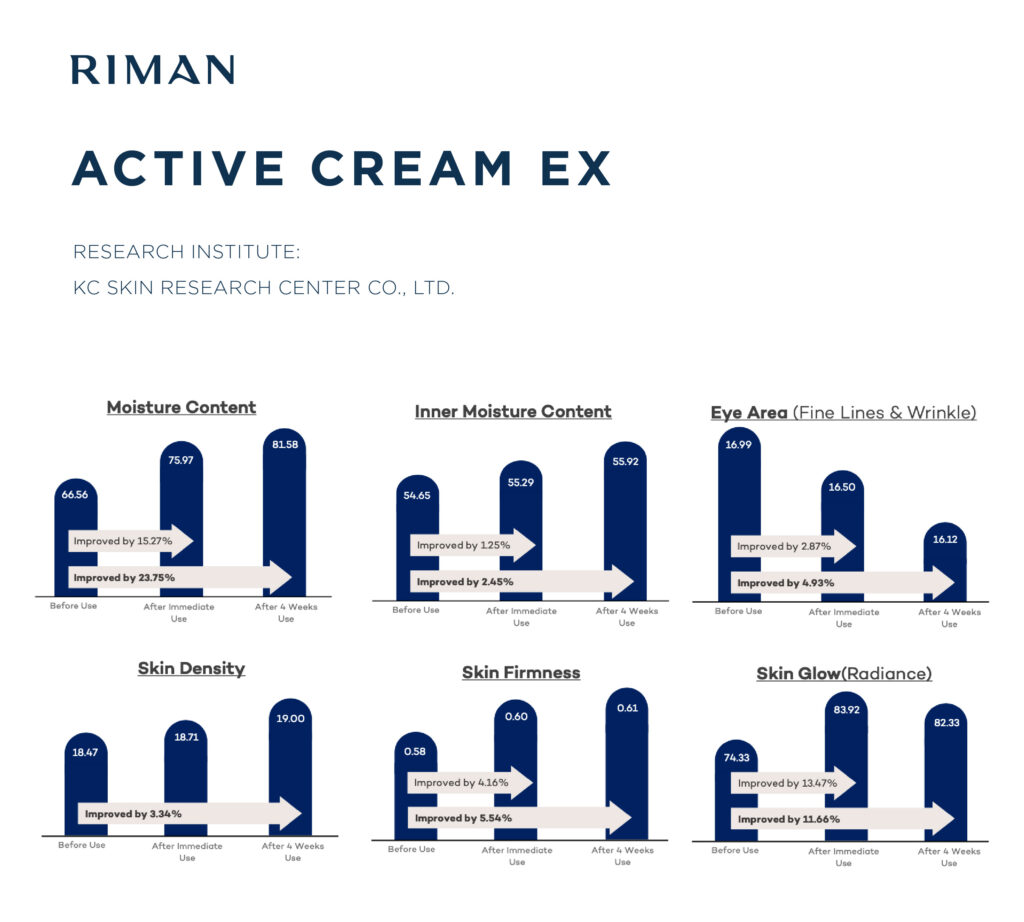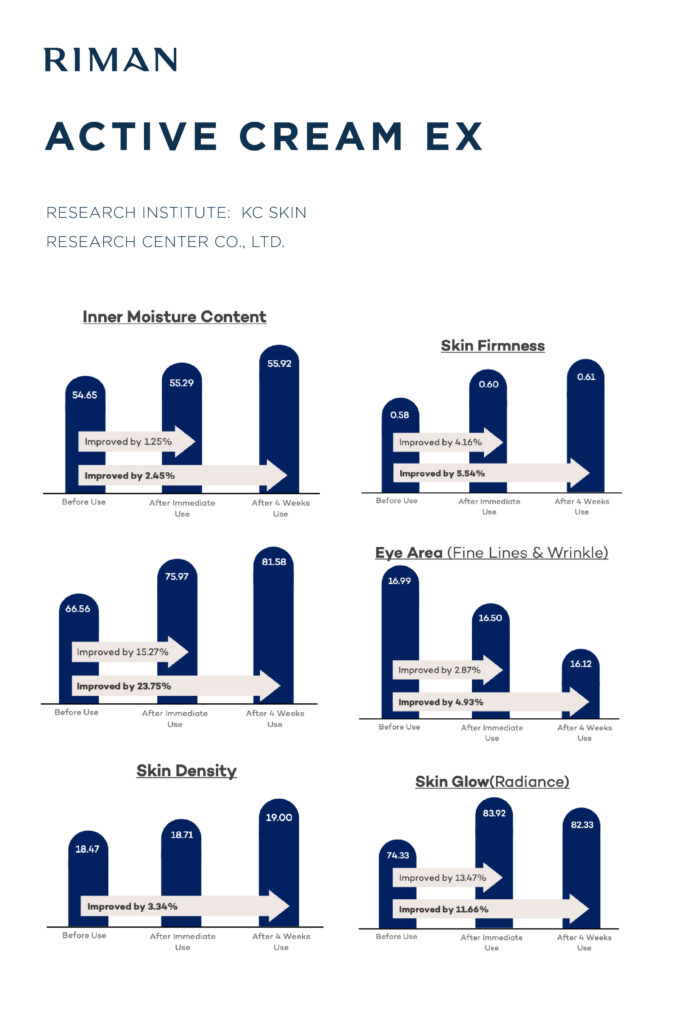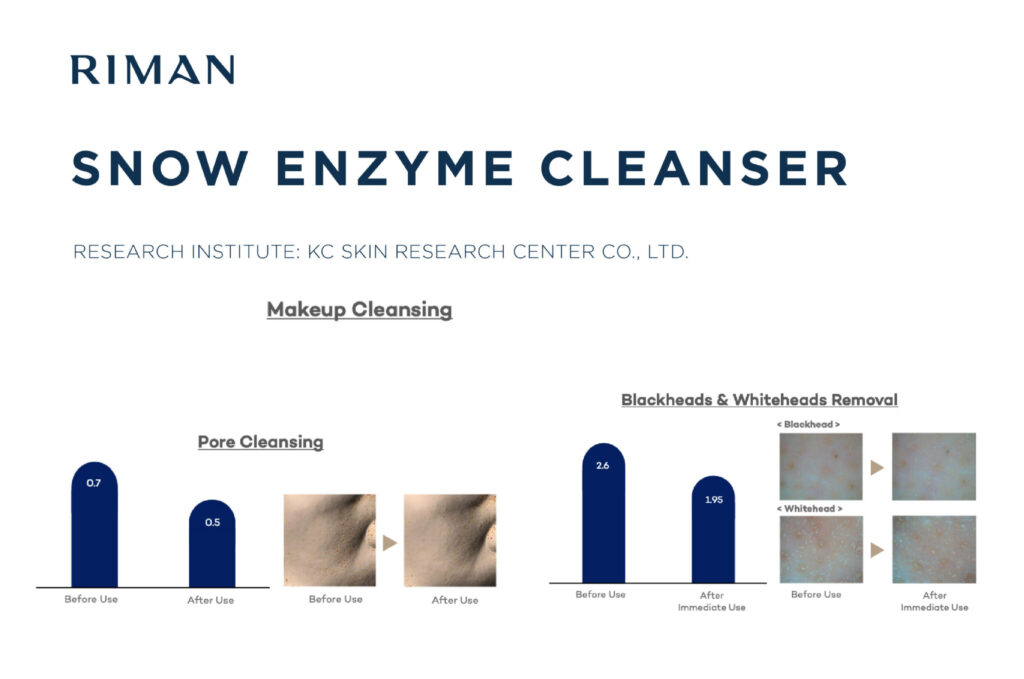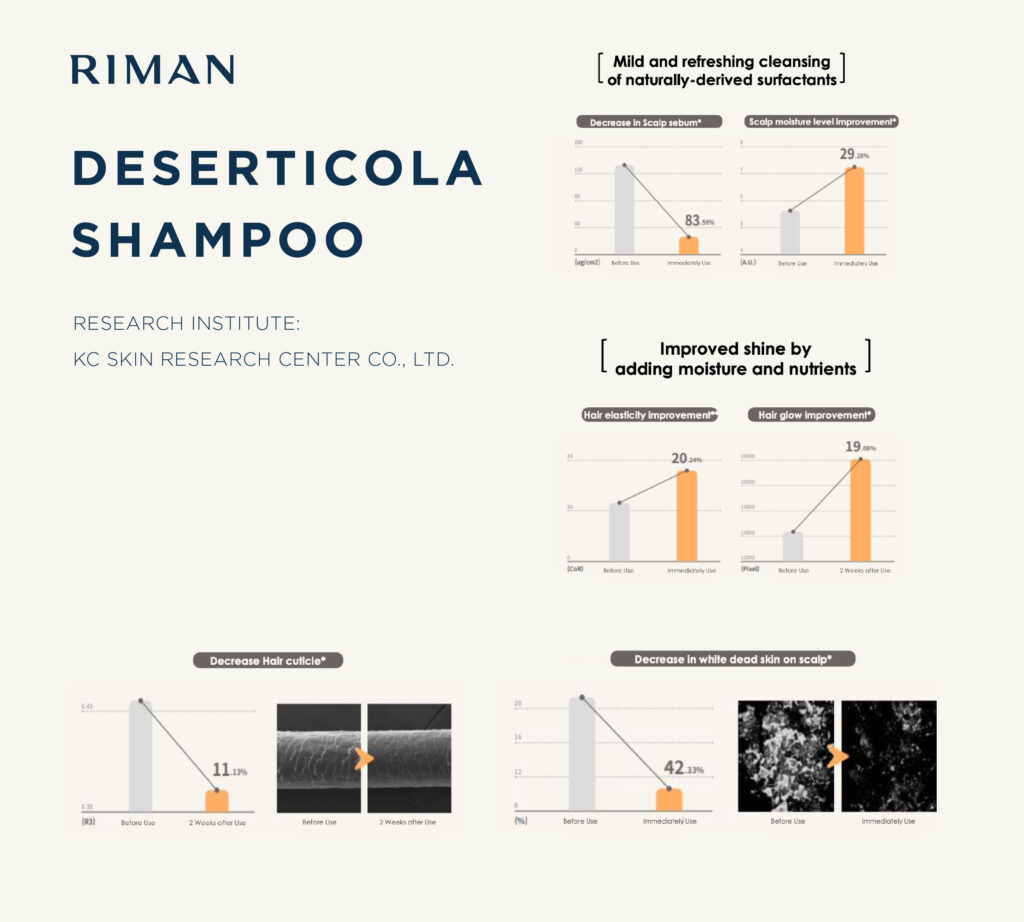Picture this: a bustling metropolis, teeming with billions of tiny residents, all working together to maintain a delicate balance between chaos and harmony. No, we’re not talking about the latest sci-fi blockbuster or a quirky ant colony – instead, we’re talking about the daily reality of your skin microbiome. Your skin isn’t just your body’s largest organ; it’s also a thriving microbial universe with bacteria, viruses, and fungi that almost work as an additional layer of skin to protect the body from irritants while maintaining homeostasis. So don’t be freaked out about these “creepy-crawlies”; if your skin is healthy, then they’re working their magic.
The Microbiome
The skin microbiome begins to develop at birth (depending on delivery method) and cultivates as you age and interact with your environment. It’s composed of millions of bacteria, fungi, and viruses that protect against invading pathogens while also directly communicating with our immune system.[1] While the skin would traditionally not be an ideal site for bacterial growth, as it is nutrient-poor and boasts unfavorable pH’s for bacterial growth, certain “microsites” on the body serve as perfect environments for varying microbe populations.[2] For example, oily skin sites are highly acidic and are inhabited by bacteria that can consume lipids, whereas moist skin sites (like inside your elbows and your feet) are inhabited by populations that prefer humidity (and which can also contribute to body odor).[3]
Various factors contribute to the types of bacteria/viruses/fungi that are prevalent in your microbiota, such as hygiene, air pollution, exposure to UV light, diet, and even smoking.[4] Some studies suggest that diversity even decreases with age.[5] If your skin presents unfavorable conditions, certain pathogenic bacteria can prevail, causing various skin issues – transversely, certain skin issues can promote the growth of pathogenic bacteria that keep your skin in its damaged state. For example, studies suggest a correlation between atopic dermatitis (dry, itchy, inflamed skin, known also as AD) and the specific species S. aureus; higher counts of S. aureus were found on children who later developed AD.[6] Another example happens during puberty; hormone changes often cause overproduction of sebum (oil), and C.acnes thrives in oil-rich sites, often causing teenage acne.[7]
Maintaining your Microbiome
Maintaining your microbiome involves modulating your environmental exposures (limiting direct UV exposure, pollution, and ceasing smoking), eating a nutrient-rich diet (bacteria can thrive on excess sugar secreted from the skin, notable in diabetics), and, most importantly, maintaining your hygiene. Hygienic maintenance isn’t an issue if you’re equipped with RIMAN’s botalab offerings. Our gentle, yet efficacious, Suamel body line cleanses and moisturizes the skin without stripping, which can often lead to skin dysbiosis (bacterial imbalance). Cleansing with our Suamel Body Wash and Body Scrub ensures removal of daily accumulated impurities, dead skin, and viruses and bacteria adhered to the skin without disturbing your innate microbiota or barrier balance.















